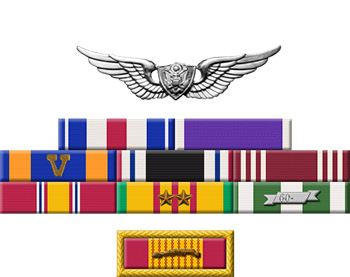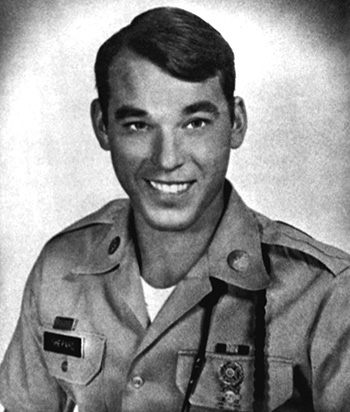
|
Vernon C. "Bud" Shepard |
 |
|||
| Rank, Service | ||||
Sergeant E-5, U.S. Army |
||||
| Veteran of: | ||||
|
||||
| Tribute: | ||||
Bud Shepard was born in 1948 in Talmadge, Ohio. He enlisted in the U.S. Army on April 8, 1968, completed basic training at Fort Knox, Kentucky, in June 1968, and then attended Advanced Individual Training at Fort Leonard Wood, Missouri, from June to August 1968. His first assignment was as an Armor Crewman with D Troop of the 10th Cavalry Regiment at Fort Knox from September to December 1968, followed by service as an Armor Crewman with Headquarters Company, 4th Battalion of the 37th Armor Regiment at Fort Knox from December 1968 to June 1969. Sgt Shepard served as a Scout Observer aboard OH-6A Cayuse helicopters with B Troop, 7th Armored Squadron of the 17th Air Cavalry in South Vietnam from August 1969 until the helicopter he was aboard was shot down over South Vietnam and he was taken as a Prisoner of War on November 2, 1969. After 39 days in captivity, Sgt Shepard was released by his captors on December 10, 1969, and then he was treated for his injuries at the Army Hospital at Fort Knox from December 1969 to March 1970. His final assignment was as a Team Leader with the 5th Battalion of the 33rd Armor Regiment at Fort Knox from March 1970 until he left active duty on April 7, 1971. Sgt Shepard received an honorable discharge from the Army Reserve on April 1, 1974. |
||||
|
||||

